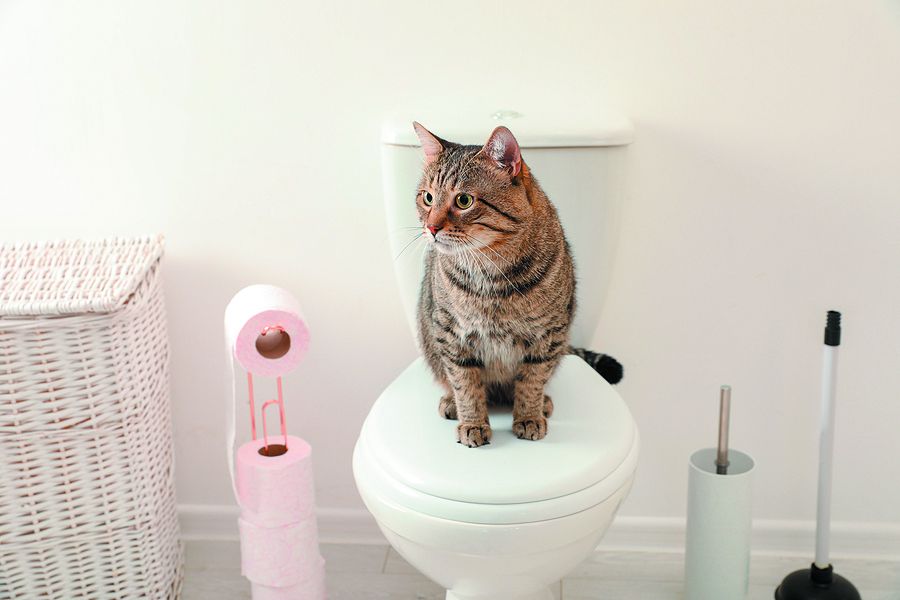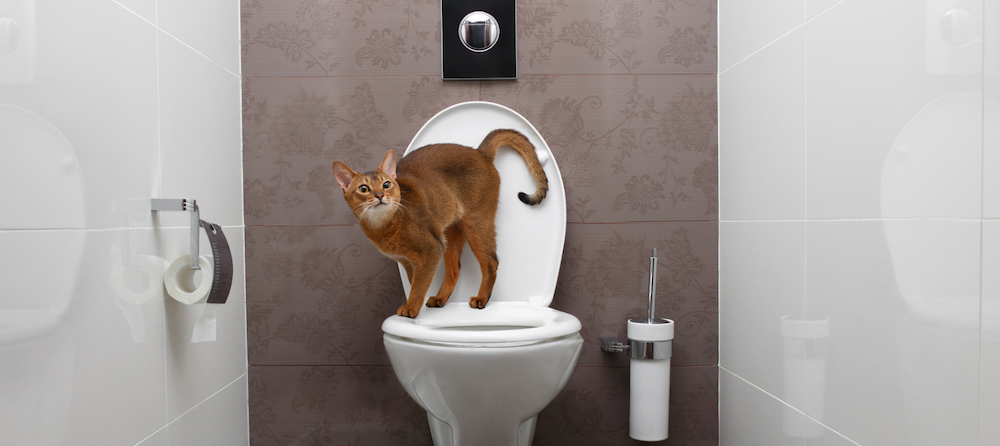Why You Should Avoid Flush Cat Poop Down Your Toilet - Crucial Facts
Why You Should Avoid Flush Cat Poop Down Your Toilet - Crucial Facts
Blog Article
We have uncovered this article involving Can You Flush Cat Poop Down The Toilet? below on the web and decided it made sense to discuss it with you on my blog.

Introduction
As pet cat proprietors, it's essential to be mindful of exactly how we deal with our feline good friends' waste. While it might appear hassle-free to purge feline poop down the commode, this method can have damaging repercussions for both the atmosphere and human health and wellness.
Environmental Impact
Flushing cat poop introduces dangerous virus and bloodsuckers into the water supply, positioning a significant risk to marine environments. These contaminants can negatively impact aquatic life and concession water quality.
Wellness Risks
Along with environmental problems, purging pet cat waste can also present wellness threats to humans. Cat feces may contain Toxoplasma gondii, a bloodsucker that can trigger toxoplasmosis-- a potentially severe ailment, specifically for expecting women and people with weakened body immune systems.
Alternatives to Flushing
Luckily, there are safer and extra accountable means to take care of feline poop. Take into consideration the complying with choices:
1. Scoop and Dispose in Trash
The most typical method of throwing away cat poop is to scoop it into an eco-friendly bag and toss it in the trash. Make sure to utilize a dedicated trash inside story and take care of the waste promptly.
2. Use Biodegradable Litter
Choose naturally degradable feline trash made from products such as corn or wheat. These trashes are eco-friendly and can be safely thrown away in the garbage.
3. Bury in the Yard
If you have a backyard, think about hiding feline waste in a marked area far from vegetable yards and water resources. Make sure to dig deep adequate to stop contamination of groundwater.
4. Mount a Pet Waste Disposal System
Invest in an animal waste disposal system specifically created for pet cat waste. These systems use enzymes to break down the waste, minimizing smell and environmental influence.
Verdict
Liable animal ownership prolongs beyond providing food and sanctuary-- it additionally involves correct waste monitoring. By refraining from purging pet cat poop down the bathroom and opting for alternate disposal approaches, we can minimize our environmental footprint and secure human wellness.
Why Can’t I Flush Cat Poop?
It Spreads a Parasite
Cats are frequently infected with a parasite called toxoplasma gondii. The parasite causes an infection called toxoplasmosis. It is usually harmless to cats. The parasite only uses cat poop as a host for its eggs. Otherwise, the cat’s immune system usually keeps the infection at low enough levels to maintain its own health. But it does not stop the develop of eggs. These eggs are tiny and surprisingly tough. They may survive for a year before they begin to grow. But that’s the problem.
Our wastewater system is not designed to deal with toxoplasmosis eggs. Instead, most eggs will flush from your toilet into sewers and wastewater management plants. After the sewage is treated for many other harmful things in it, it is typically released into local rivers, lakes, or oceans. Here, the toxoplasmosis eggs can find new hosts, including starfish, crabs, otters, and many other wildlife. For many, this is a significant risk to their health. Toxoplasmosis can also end up infecting water sources that are important for agriculture, which means our deer, pigs, and sheep can get infected too.
Is There Risk to Humans?
There can be a risk to human life from flushing cat poop down the toilet. If you do so, the parasites from your cat’s poop can end up in shellfish, game animals, or livestock. If this meat is then served raw or undercooked, the people who eat it can get sick.
In fact, according to the CDC, 40 million people in the United States are infected with toxoplasma gondii. They get it from exposure to infected seafood, or from some kind of cat poop contamination, like drinking from a stream that is contaminated or touching anything that has come into contact with cat poop. That includes just cleaning a cat litter box.
Most people who get infected with these parasites will not develop any symptoms. However, for pregnant women or for those with compromised immune systems, the parasite can cause severe health problems.
How to Handle Cat Poop
The best way to handle cat poop is actually to clean the box more often. The eggs that the parasite sheds will not become active until one to five days after the cat poops. That means that if you clean daily, you’re much less likely to come into direct contact with infectious eggs.
That said, always dispose of cat poop in the garbage and not down the toilet. Wash your hands before and after you clean the litter box, and bring the bag of poop right outside to your garbage bins.
https://trenchlesssolutionsusa.com/why-cant-i-flush-cat-poop/

Do you really like reading up on How to Dispose of Cat Poop and Litter Without Plastic Bags? Write feedback below. We'd be delighted to know your thinking about this page. Hoping that you visit us again later on. If you enjoyed our page if you please be sure to pass it around. Thank you for going through it.
Rates Report this page